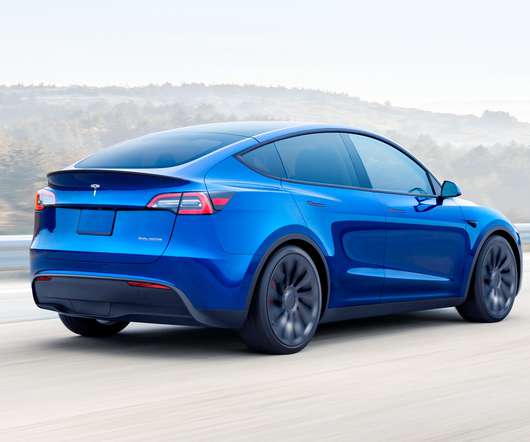Virginia Tech team develops process for high-yield production of hydrogen from xylose under mild conditions
Green Car Congress
APRIL 3, 2013
Percival Zhang, has developed a process to convert xylose—the second-most abundant sugar in plants—into hydrogen with approaching 100% of the theoretical yield. In the process, hydrogen is produced from xylose and water in one reactor containing 13 enzymes, including a novel polyphosphate xylulokinase (XK). earlier post ).







































Let's personalize your content